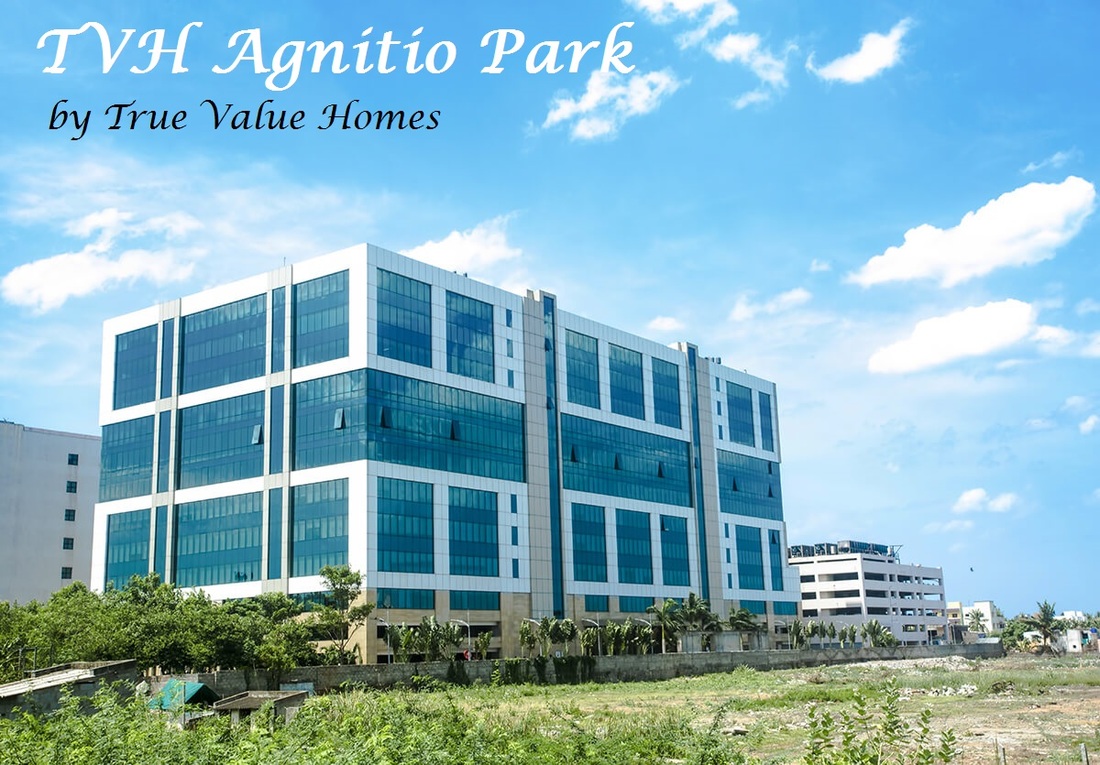
3.9 ky cal BP) has been recognized, for example in the stratigraphic sequence exposed at the site of Gricignano d'Aversa (at least four pumice layers from different eruptions).

4.7-4.5 ky cal BP) and Avellino Pumice (ca. The occurrence of several volcanic minor events during the time-span between the two major volcanic events of Agnano M. The analysis of such evidence coupled with the related coheval settlements and burials seems to define an intense occupation of the area during the phase, as shown through a simple site-catchment approach (Saccoccio, Marzocchella, Vanzetti 2013). Several Early Bronze age sites, sealed by the Avellino Pumice eruption, have been recovered in the Piana Campana, that are related to infrastructures such as wells, tracks, and agrarian features, including both simple cuts produced by the ploughshare and comprehensive field systems. Some hints can be derived as for the consequences on the economic and social structure of the Early Bronze Age communities that inhabited the Piana Campana. 3.9 ky cal BP), when compared to lower magnitude events. Aim of this contribution is the description of the agrarian field system preceding the Avellino Pumice eruption and the impact of such an eruption (ca. Settlements, burials, and other infrastructures show anyway an almost continuous human presence in the analyzed area since Late Neolithic times (ca. The preservation of such detailed data is due to the rather close occurrence of volcanic events, producing repeated and progressive growth in thickness of sedimentary cover over wide areas, with a significant or even devastating impact, stemming from many different volcanic centers, from the Phlegraean Fields caldera and the Somma-Vesuvius volcano.

Only in the 1980s, with the excavation of the site of Palma Campania, the Piana Campana - Southern Italy - started to reveal the wealth of information about its prehistoric Late Holocene landscape preserved below the present surface.


 0 kommentar(er)
0 kommentar(er)
